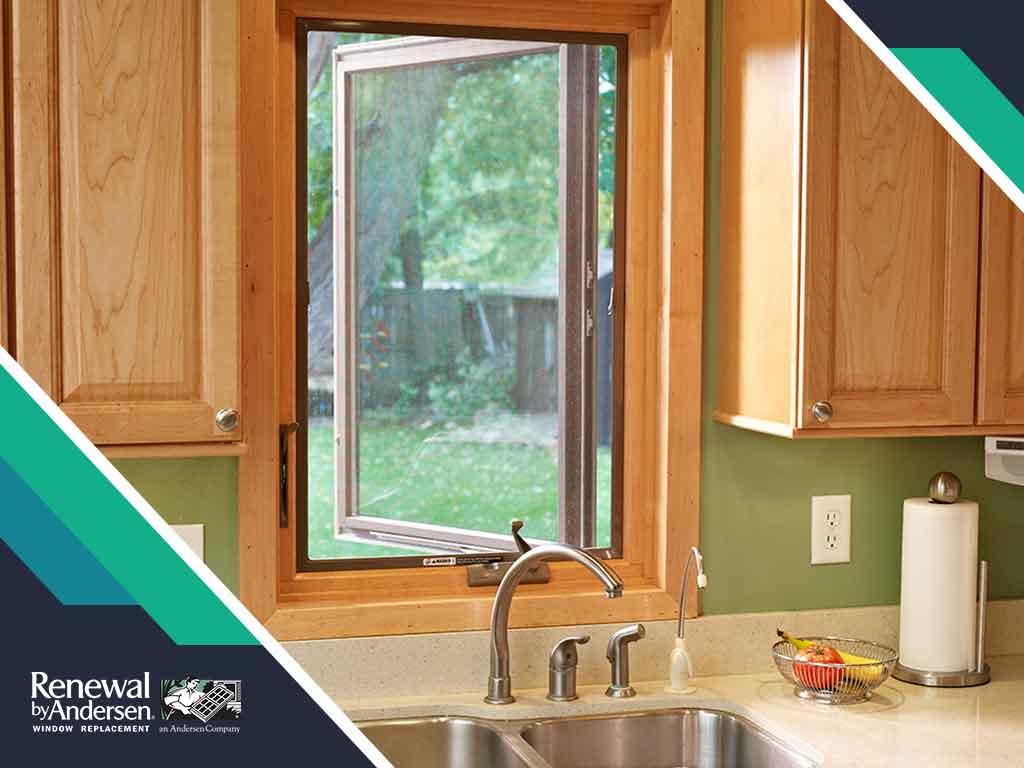MENU


Modern architectural designs lean toward the extensive use of glass for illumination and aesthetics. Picture windows embody this theme, which is why they have become one of the most popular window styles in the 21st century – and in Knoxville. This type of window, however, isn’t operable, so there’s no way to ventilate your home with it. Fortunately, another window style provides daylighting opportunity while allowing adequate air movement in your home.
Renewal by Andersen® of Knoxville, the area’s most trusted window replacement company, shares a brief history of casement windows in today’s blog post.
In the Medieval period, windows were unglazed. It was only during the reign of Elizabeth I that ordinary people could afford glass windows. Hinged windows at this time, however, were still unpopular. In the 17th century, they were installed in the same way as a door, on iron pintles protruding from the frame. They were later created using a wrought iron with a variety of ironwork fittings. Glass manufacturing was still a concern for many window providers by the end of 18th century. As a result, casement windows only had six glass panes attached to one another by strips of lead.
Significant changes in the design of casement windows, however, did not occur until the mid 19th century. Iron frames were no longer made, and they were replaced with oak. Glazing bars also replaced the lead strips that hold the pieces of glass intact. Softwood, later on, became a more popular casement window material than oak by the end of the 19th century.
The roots of casement windows may be ingrained deeply in the past, but this type of window remains prevalent in the modern world. Casement windows nowadays have a sleeker design, turning their back on the multiple muntins they once had. They now have an unobstructed glass surface, which allows homeowners to enjoy the outdoor view without visual distraction. Their framing material isn’t limited to wood since many manufacturers have attempted to improve their moisture resistance.
Composite window frames like Fibrex are the preferred material nowadays since they resist rot (which wood does not) and warping (which vinyl is susceptible to).
Count on Renewal by Andersen of Knoxville for your window replacement. We offer a wide array of window styles, from modern casement to traditional double-hung windows. Call us today at 866-609-5033 or fill out our online form to learn more about our products and services. We serve residents of Tennessee, including Knoxville, TN.